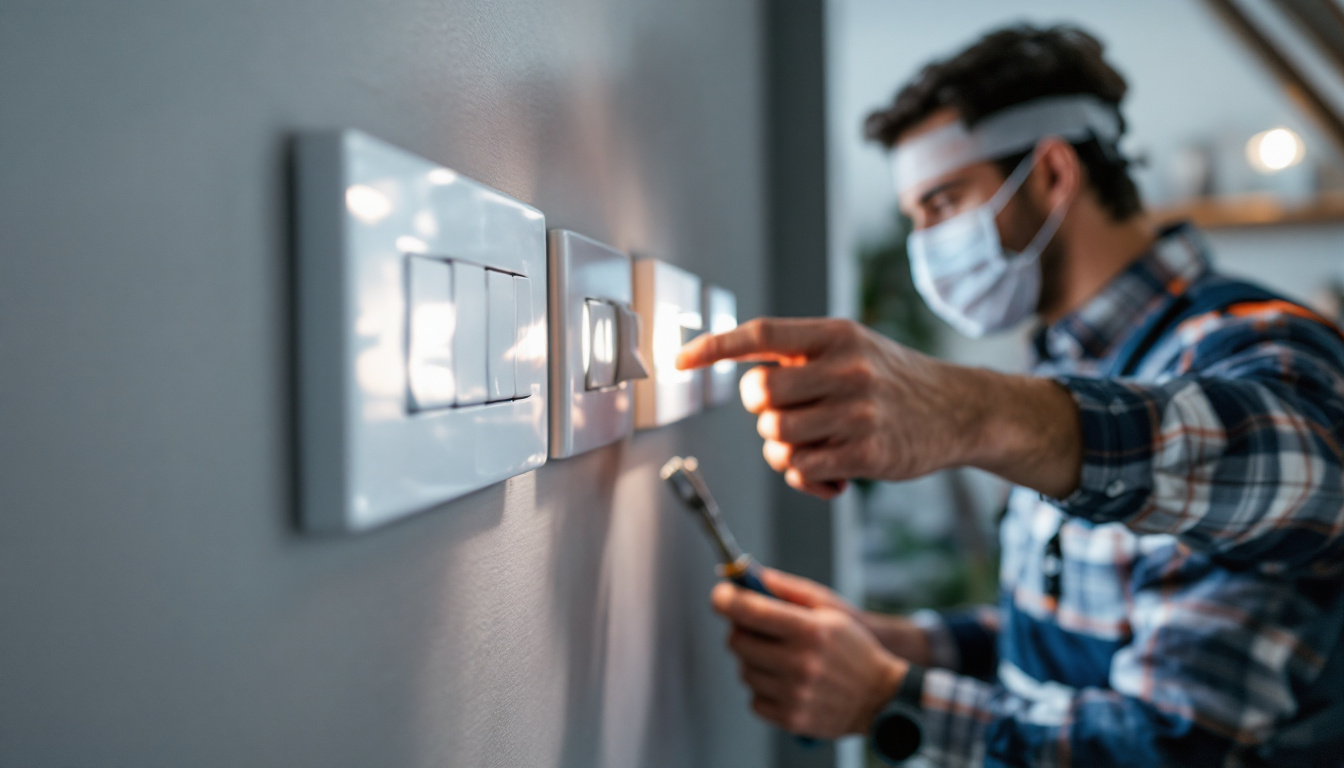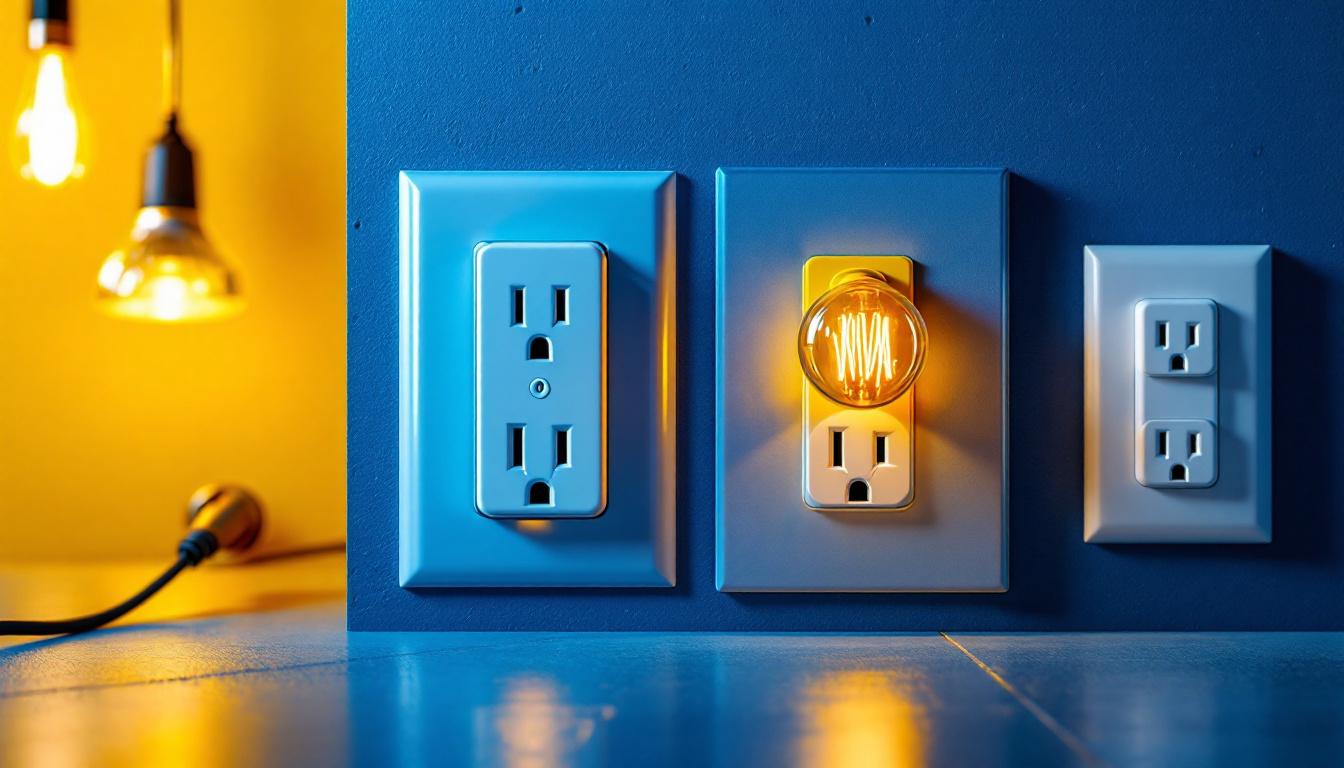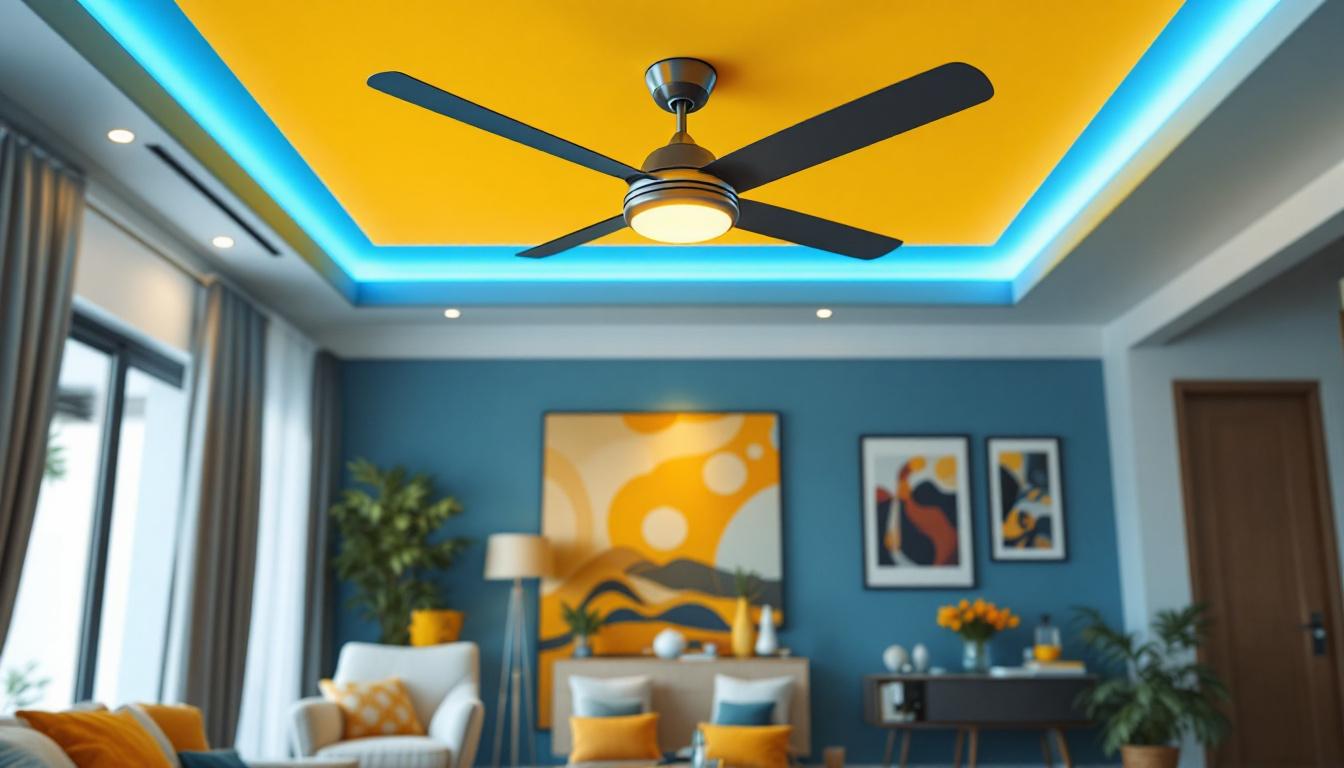
In the world of lighting installation, toggle light switches play a crucial role in both functionality and aesthetics. For lighting contractors, understanding the nuances of toggle switches is essential for delivering quality service to clients. This article provides a comprehensive checklist to ensure that every aspect of toggle light switch installation is covered, from selection to installation and troubleshooting.
Before diving into the checklist, it’s important to grasp what toggle light switches are and why they are favored in residential and commercial settings. Toggle switches are characterized by their lever that can be flipped up or down to control lighting fixtures. Their simplicity and reliability make them a popular choice among homeowners and businesses alike. In addition to their functional benefits, toggle switches also evoke a sense of nostalgia, often reminding people of traditional home designs and classic architecture. This emotional connection can enhance the overall ambiance of a space, making it feel more inviting and comfortable.
There are various types of toggle switches available, each designed for specific applications. Standard single-pole switches are the most common, allowing control of a light fixture from one location. For more complex setups, three-way and four-way switches enable control from multiple locations, making them ideal for larger spaces. These configurations are particularly useful in hallways and staircases, where multiple access points are necessary for convenience and safety.
Additionally, there are dimmer toggle switches that allow users to adjust brightness levels, providing flexibility in lighting design. These dimmers not only enhance the mood of a room but also contribute to energy savings by allowing users to reduce light levels when full brightness is not needed. Understanding these types helps contractors recommend the best options for their clients’ needs, ensuring that both functionality and aesthetic appeal are achieved in every project.
Toggle switches offer several advantages that make them a preferred choice. Their mechanical design ensures durability, often lasting for years without failure. Furthermore, they provide a tactile feel, allowing users to easily determine whether a light is on or off. This feature is particularly beneficial for individuals with visual impairments, as the physical movement of the toggle can serve as a clear indicator of the switch’s status.
From an aesthetic standpoint, toggle switches come in various styles and finishes, allowing them to blend seamlessly with different interior designs. This versatility is essential for contractors aiming to meet diverse client preferences. Moreover, the ease of installation and replacement of toggle switches makes them a go-to option for DIY enthusiasts and professional electricians alike. With the rise of smart home technology, many toggle switches now also come with smart capabilities, enabling users to control their lighting remotely or through voice commands, further enhancing their functionality and appeal in modern homes.
Before beginning any installation, it is vital to prepare adequately. A thorough pre-installation checklist ensures that all necessary materials and tools are on hand, reducing the likelihood of delays.
Gathering the right tools and materials is the first step in any successful installation. Essential tools include a voltage tester, wire strippers, screwdrivers, and a drill. Additionally, having a selection of toggle switches, electrical boxes, and mounting hardware readily available can streamline the process.
Contractors should also ensure they have appropriate safety gear, such as gloves and goggles, to protect themselves during the installation. Proper preparation not only enhances efficiency but also promotes safety on the job site. Furthermore, having a first aid kit nearby is a good practice, as it can address any minor injuries that may occur during the installation process. Keeping a checklist of all tools and materials can also help in tracking what has been gathered and what might still be needed, preventing last-minute runs to the hardware store.
Conducting a thorough site assessment is crucial before installation begins. This involves evaluating the existing electrical infrastructure to determine compatibility with new toggle switches. Check for any signs of wear or damage in wiring and electrical boxes, as these could pose safety risks.
Additionally, consider the layout of the space. Understanding where switches will be installed can help in planning the most efficient wiring routes and ensuring that switches are easily accessible for users. It’s also beneficial to take measurements of the installation area to ensure that the new components will fit properly. Engaging with the client to discuss their preferences and any specific requirements can lead to a more tailored installation. This dialogue can reveal insights about the intended use of the space, which may influence the choice of materials and design, ultimately leading to a more satisfactory outcome for all parties involved.
Once preparations are complete, the installation process can begin. Following a systematic approach can help ensure that everything is done correctly and safely.
Before any electrical work begins, it is imperative to turn off the power at the circuit breaker. This step cannot be overstated, as working with live wires poses significant risks. Use a voltage tester to confirm that the power is indeed off before proceeding.
In addition to turning off the power, contractors should also communicate with anyone in the vicinity about the ongoing work. Clear signage and barriers can help prevent accidental activation of the circuit while work is in progress. It is also advisable to wear personal protective equipment, such as safety goggles and gloves, to further minimize the risk of injury. By taking these precautions, you create a safer working environment for yourself and others around you.
With safety measures in place, contractors can begin wiring the toggle switch. Start by removing the existing switch, if applicable, and carefully noting the wiring configuration. This can serve as a reference when connecting the new toggle switch.
Typically, a toggle switch will have two terminals for the hot wires and a ground terminal. Ensure that the connections are secure and that the ground wire is properly attached to prevent any electrical hazards. Neat and organized wiring not only looks professional but also facilitates easier troubleshooting in the future. Additionally, it is beneficial to use wire connectors that are rated for the specific gauge of wire being used. This ensures a reliable connection and helps to prevent potential overheating or short circuits.
Once the wiring is complete, the next step is to mount the toggle switch into the electrical box. Ensure that the switch is aligned correctly and securely fastened. Many switches come with mounting screws that should be tightened appropriately to avoid any movement.
After securing the switch, attach the cover plate to give it a finished look. This not only enhances the appearance but also provides an additional layer of safety by covering exposed wiring. It’s important to choose a cover plate that matches the style of the room and complements the overall decor. Furthermore, consider labeling the switch if it controls multiple circuits, as this can help future users identify its function quickly. Taking these extra steps can significantly enhance both the functionality and aesthetic appeal of the installation.
After the installation is complete, a post-installation checklist is vital to ensure everything is functioning as intended. This step is crucial for maintaining high standards of quality and safety.
Once the switch is mounted and the cover plate is in place, it’s time to restore power at the circuit breaker. After turning the power back on, test the toggle switch to ensure it operates correctly. Flip the switch on and off several times to confirm that it consistently controls the lighting fixture as expected.
If the switch does not function properly, double-check the wiring connections. It may be necessary to revisit the installation steps to identify and rectify any issues.
After confirming the installation is successful, it’s essential to conduct a walkthrough with the client. This provides an opportunity to demonstrate how the toggle switch operates and address any questions they may have. Educating clients about their new lighting controls can enhance their overall satisfaction with the project.
During the walkthrough, contractors should also discuss any maintenance tips and what to do in case of future issues, ensuring clients feel confident in their new installation.
Even with careful installation, issues may arise over time. Being prepared to troubleshoot common problems can save time and enhance client satisfaction.
If a toggle switch fails to operate, the first step is to check the circuit breaker. A tripped breaker can prevent power from reaching the switch. If the breaker is fine, inspect the wiring connections for any loose or damaged wires.
In some cases, the switch itself may be faulty. If all wiring appears intact, replacing the switch may be necessary. Keeping a few spare switches on hand can expedite this process.
Flickering lights can be a sign of several issues, including loose wiring or a faulty switch. Inspect the connections at both the switch and the light fixture to ensure everything is secure. If the problem persists, it may be worth checking the light bulbs or consulting with an electrician for further diagnosis.
Flickering can also occur if the circuit is overloaded. If multiple high-wattage fixtures are connected to the same circuit, consider redistributing the load to prevent future issues.
Toggle light switches are a fundamental component of lighting systems, and understanding their installation and maintenance is crucial for lighting contractors. By following this comprehensive checklist, contractors can ensure that every installation is performed to the highest standards, enhancing both safety and client satisfaction.
From the initial assessment to troubleshooting common issues, a methodical approach will not only streamline the installation process but also build trust with clients. As technology and design trends evolve, staying informed about the latest toggle switch options and installation techniques will further enhance a contractor’s expertise in the field.
Ready to elevate your lighting installations with the highest quality toggle light switches? Look no further than LumenWholesale, where we provide contractors with spec-grade lighting products at unbeatable wholesale prices. Say goodbye to local distributor markups and hello to superior lighting solutions that meet the highest industry standards. With LumenWholesale, bulk buying is a breeze, and with free shipping on top, you’re guaranteed premium lighting at the best value — without any hidden fees. Make your next project shine with the perfect blend of quality, affordability, and convenience. Wholesale Lighting at the Best Value is just a click away.

Discover the top LED lights revolutionizing warehouse illumination and enhancing efficiency for lighting contractors.

Discover the four types of electrical outlets and their transformative impact on the lighting industry.

Explore the allure of vintage antique light bulbs and discover how simplifying their selection can benefit lighting contractors.

Discover the top destinations for purchasing ceiling fans and explore how the lighting industry has transformed over the years.